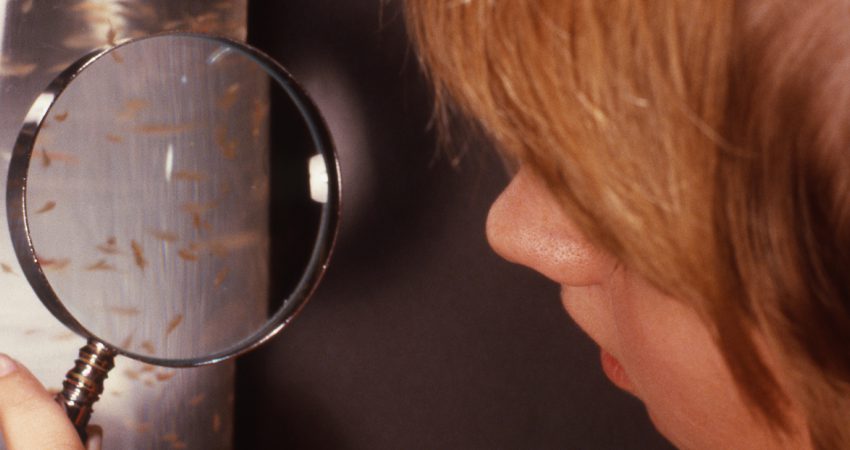
By Heather King - May 2011
PAPER CITATION
Johnston, J. S. (2009). What does the skill of observation look like in young children? International Journal of Science Education, 31(18), 2511–2525.
WHY IT MATTERS TO YOU
While this paper does not offer any particularly conclusive findings on the value of teaching observational skills, it does draw attention to that fact that in recent years primary science education has been about the acquisition of conceptual knowledge rather than key skills, and that this balance may not be justified.
What Is The Issue?
Observation is a key skill in science. It is also an important initial skill in early years learning. In this paper, Johnston examines the skill of observation in 56 children (4–11 years), asks how it influences other skills in science, and considers how it may be supported.
Research has previously highlighted the importance of focused and structured teaching in developing observational skills. Providing time to observe and discuss observations, especially if the observation conflicts with expectations, has also been found to be important. The role of theory in defining or shaping the interpretation of an observation (Hanson, 1958)—that is, observations are made sense of in the context of a particular theoretical viewpoint—is also acknowledged. But how do young children actually engage in observation?
What Was The Study?
In this study, seven groups of eight children between four and 11 years old were invited to play with a range of toys, and then choose one toy and tell the others in their small group about it. Finally, the children were asked to sort the toys into groups. Their comments and interactions were recorded by video and subsequently analyzed.
What Were The Findings?
Johnston found that initial observation and exploration of toys led children to bring their previous knowledge to the observation: they noted similarities, and made links to toys at home. In general, older students made more exploratory comments about what the toys might do (leading to further inquiry) as a result of their observations, although numbers of functional comments on how the toy worked were not related to age.
In response to adult prompting, the children moved from observation to explanation to interpretation of their observations. Younger children offered more descriptive accounts, while older children gave more detailed accounts of causal processes. The oldest children also moved beyond affective comments more quickly.
Johnston acknowledges that her findings do not give any clear-cut result on the way in which the skill of observation leads to the development of other skills. Nonetheless, she argues that the activity, resources, and environments provided to young children should be ones in which the skills of observation and other skills can be practiced.
Of further interest to ISE practitioners is Johnston’s comments that contexts where children can observe natural phenomena, especially animals, have been found to produce positive effects on the development of children’s language, social skills, and attitudes. (Tomkins & Tunnicliffe, 2007)
Hanson, N.R. (1958). Patterns of discovery: An inquiry into the conceptual foundations of science. Cambridge: Cambridge University Press
Tomkins, S. P., & Tunnicliffe, S. D. (2001). Looking for ideas: Observations, interpretations and hypothesis-making by 12 year-old pupils undertaking science investigations. International Journal of Science Education, 23(8), 791–813.




